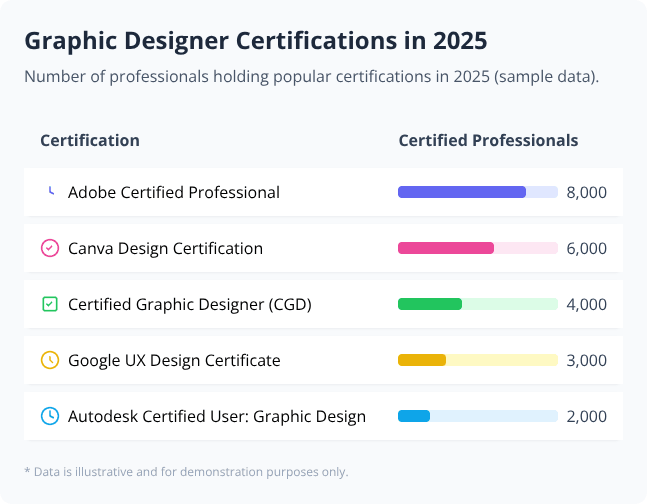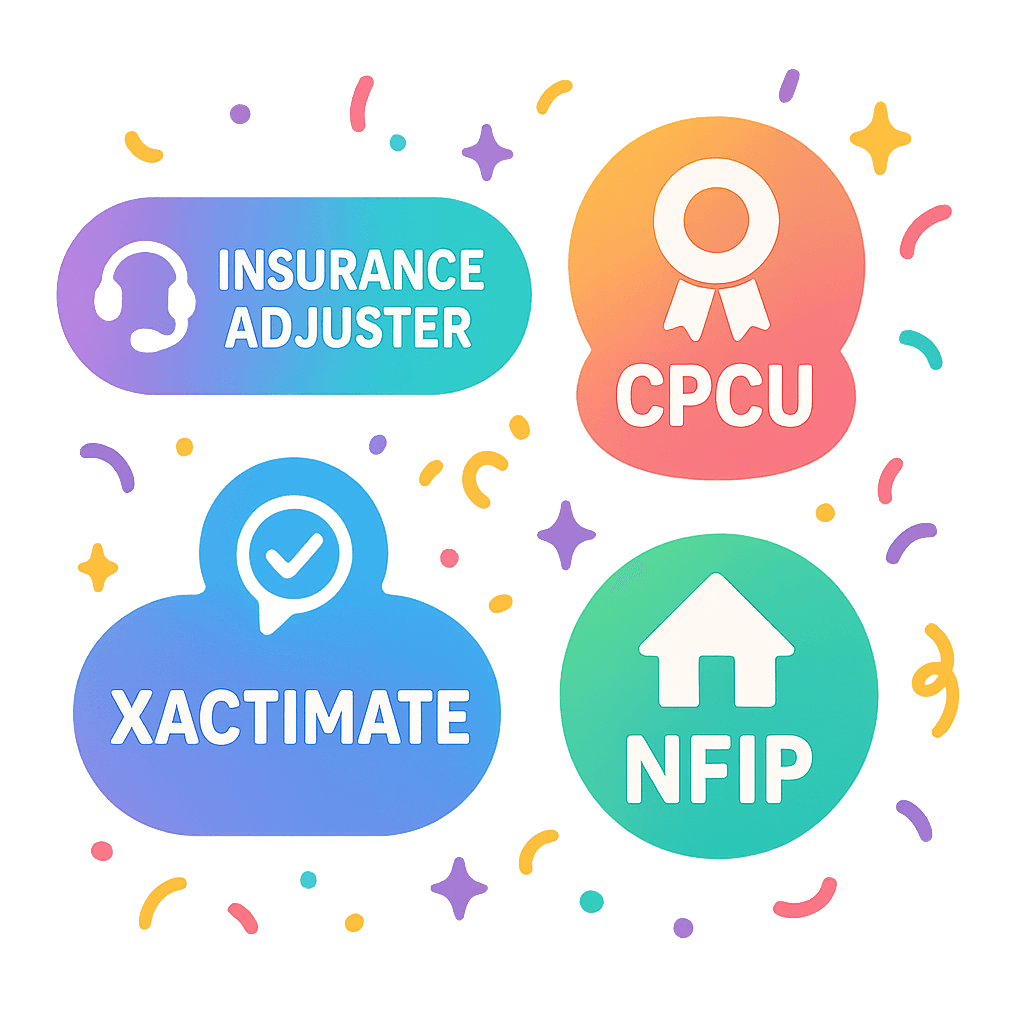Graphic Designer Resume Certifications

Tossing “Photoshop wizard” on your resume is nice, but tossing in actual certifications? That’s where the magic happens. This article uncovers why flashing those shiny credentials earns you instant street cred—and reveals exactly which badges can turn your portfolio into pure catnip for hiring managers. Get ready to polish your paper trail.
The Value of Certifications in Graphic Designer
A certification flashes like a beacon in an overcrowded portfolio sea—proof that a designer’s skills aren’t just self-proclaimed but vetted by respected industry standards. Employers glance at those credentials and instantly sense a deeper reliability, a promise that this candidate can handle complex tools and principles. It’s not just about knowing your way around Photoshop or Illustrator; it’s about showing you’ve mastered them, officially. When competition is tight and talent pools gush with portfolios, that certification nudges your name to the top of the stack.

Adding a certifications section to your resume can really boost your chances, especially for graphic design jobs that want proof of your skills.
Top 7 Certifications for Graphic Designer Resumes
Adobe Certified Professional (ACP) – Signals mastery of core Adobe Creative Cloud applications like Photoshop, Illustrator, and InDesign, the backbone of most graphic design workflows.
Adobe Certified Expert (ACE) – Recognized proof of advanced proficiency in specific Adobe software, giving designers a standout credential for expert-level roles.
Certified Graphic Designer (CGD) – Endorsed by organizations such as the Graphic Designers of Canada, this certification validates broad-based professional skills and ethical standards.
Graphic Design Certification by CalArts (Coursera) – Offers a structured foundation in key design principles and a portfolio-ready body of work, giving newcomers credibility and direction.
HubSpot Content Marketing Certification – Equips designers with the know-how to pair compelling visuals with content strategy, a must for digital marketing environments.
UX Design Professional Certificate (Google) – Delivers practical UX/UI training, nudging graphic designers into growing fields where user experience reigns supreme.
Certified Visual Designer (CVS) by AIGA – Endorsed by the iconic American Institute of Graphic Arts, this certification marks a designer’s commitment to quality, professionalism, and industry best practices.
DO'S
- Highlight relevant certifications near the top or in a dedicated section.
- Include the issuing organization and date earned for each certification.
- Use concise language to explain how each certification strengthens your design skills.
DON'TS
- Don't list outdated or irrelevant certifications that have nothing to do with design.
- Don't exaggerate your skill level or fabricate credentials.
- Don't crowd your resume with minor online course badges that dilute your expertise.
Pro Tip: You want the hiring manager’s eyes to snag on the proof that you know what you’re doing—those juicy, specific certifications shout your skills louder than a list of random courses ever could.



